I’ve just completed work on the Public Radio International series of Interview Videos for the online edition of Architecture MN Magazine.
For this project I was Director, Photographer, Editor, Audio Enigineer, and Graphics Editor. I thought that to be a bit much to include on a "Credit slide" so this is the only place you'll see it mentioned. Special thanks goes to the Julia Yager, Alissa Miller, and Jennifer Randolph and the entire staff of PRI, Joe Hamilton and Kim Batcheller from 20 Below Studio, and Chris Hudson from Architecture MN Magazine.
Pt. 1: THIS IS PRI (5m31s)
Designed by 20 Below Studio, PRI’s new home in Minneapolis’ warehouse district reflects PRI’s philosophy for collaboration and communication as well as their ability to uncover layers of a story through investigation and research.
Public Radio International, PART 1 from Architecture Minnesota on Vimeo.
Pt. 2: Why Move? (2m47s)
Evaluating their existing space and identifying it’s disconnect from their company culture, 20 Below and PRI identify the conditions driving the move to a new space.
Public Radio International, PART 2 from Architecture Minnesota on Vimeo.
Pt. 3: Working with 20 Below (2m16s)
Looking for an architect and an architect for a client, is a lot like dating. In this interview, we explore the attraction between PRI and 20 Below’s relationship.
Public Radio International, PART 3 from Architecture Minnesota on Vimeo.
Pt. 4: Visual Listening (2m04s)
20 Below Studio uses a key process to developing a shared language between them and their clients. This interview gives insight to how.
Public Radio International, PART 4 from Architecture Minnesota on Vimeo.
Pt. 5: Diagram Discussion (2m03s)
A way to evaluate options, spacial planning through bubble diagrams is explored during the programing phase of a new project. This can shift conversations and create consensus among diverse opinions.
Public Radio International, PART 5 from Architecture Minnesota on Vimeo.
Project details:
Client: Public Radio International (PRI)
Architect: 20 Below Studio
Principal-in-charge: Joseph Hamilton AIA, CID
Project lead designer: Kim Batcheller Assoc. AIA, LEED AP
Project managers: Joseph Hamilton AIA, CID & Kim Batcheller Assoc. AIA, LEED
Project architect: Joseph Hamilton AIA, CID
Project team: Kim Batcheller Assoc. AIA, LEED AP (Project Designer); Mollie Drabik, LEED AP (Designer)
Lighting designer: 20 Below Studio
Interior design: 20 Below Studio
Construction manager:St. Paul ConstructionGeneral Contractor:Greiner Construction
